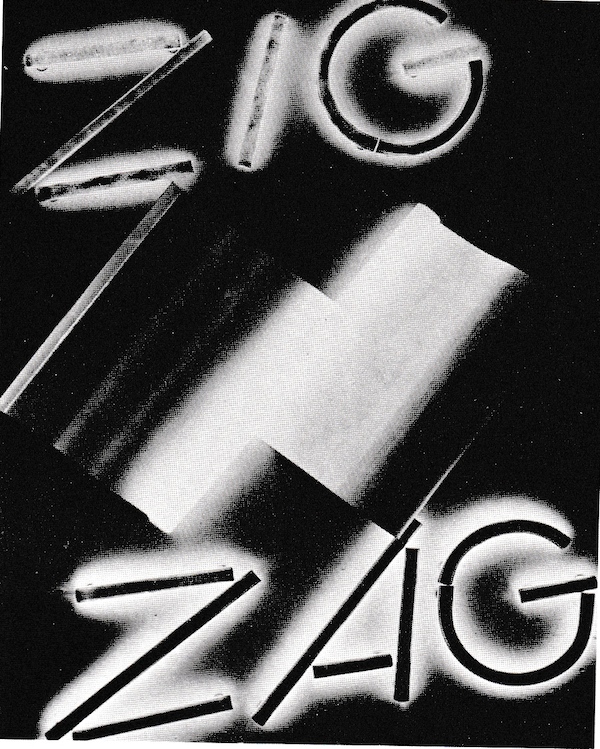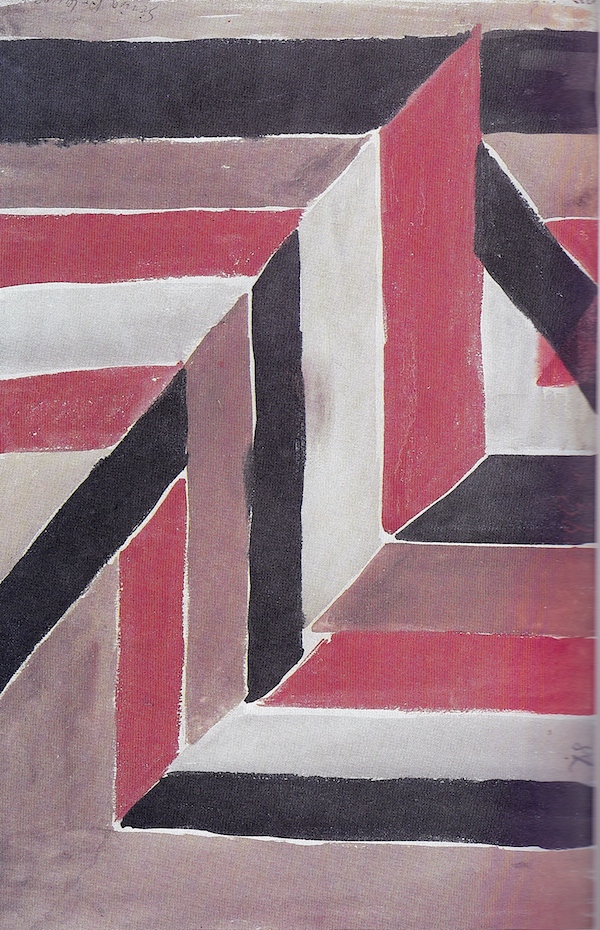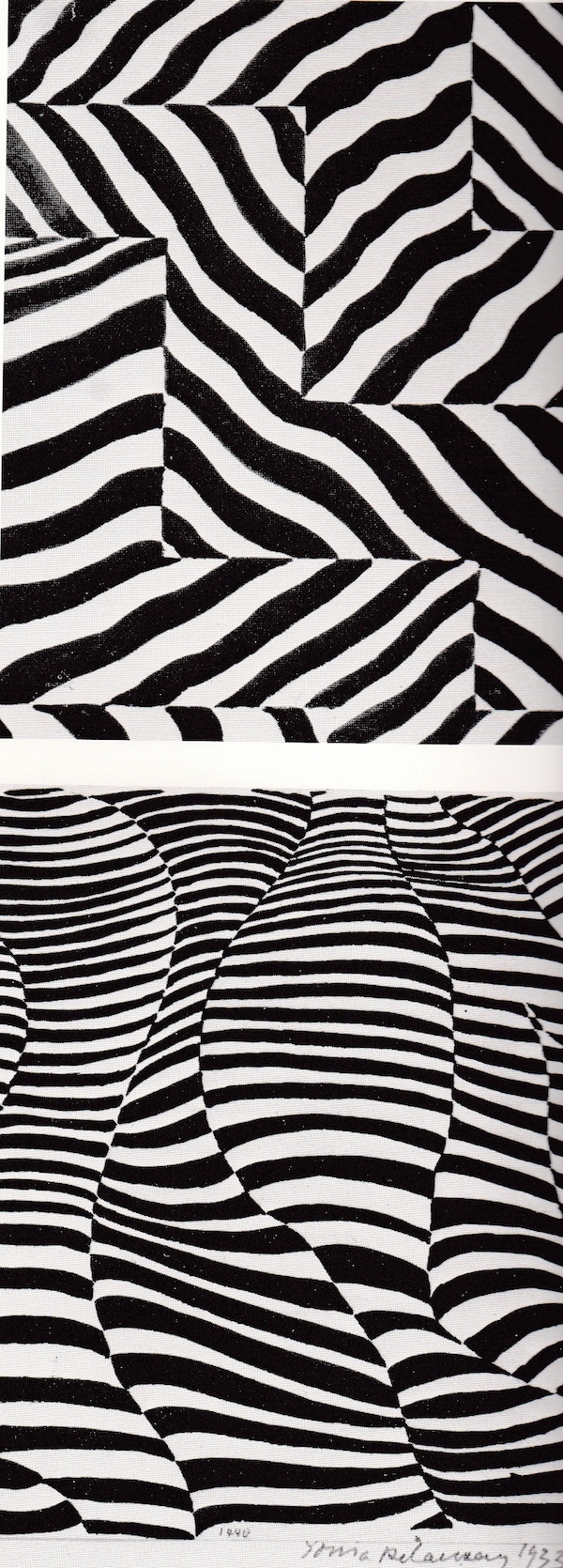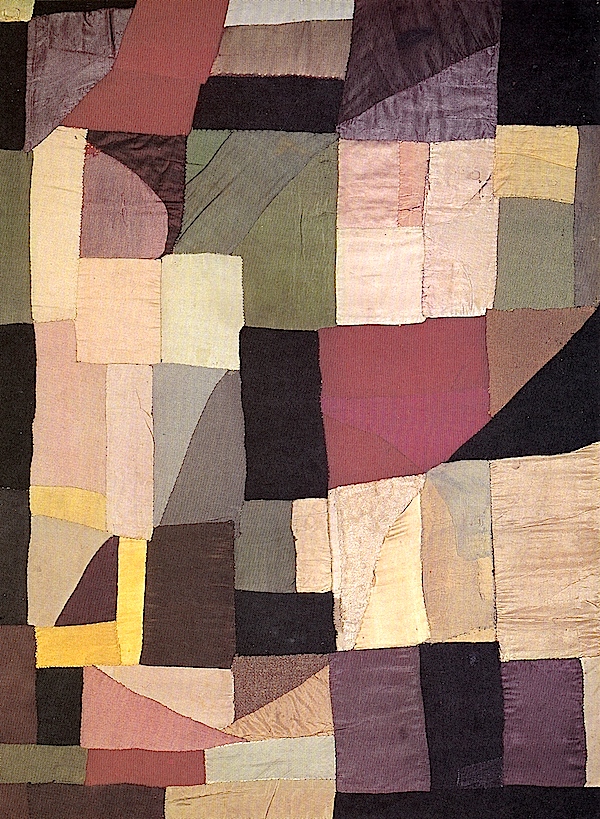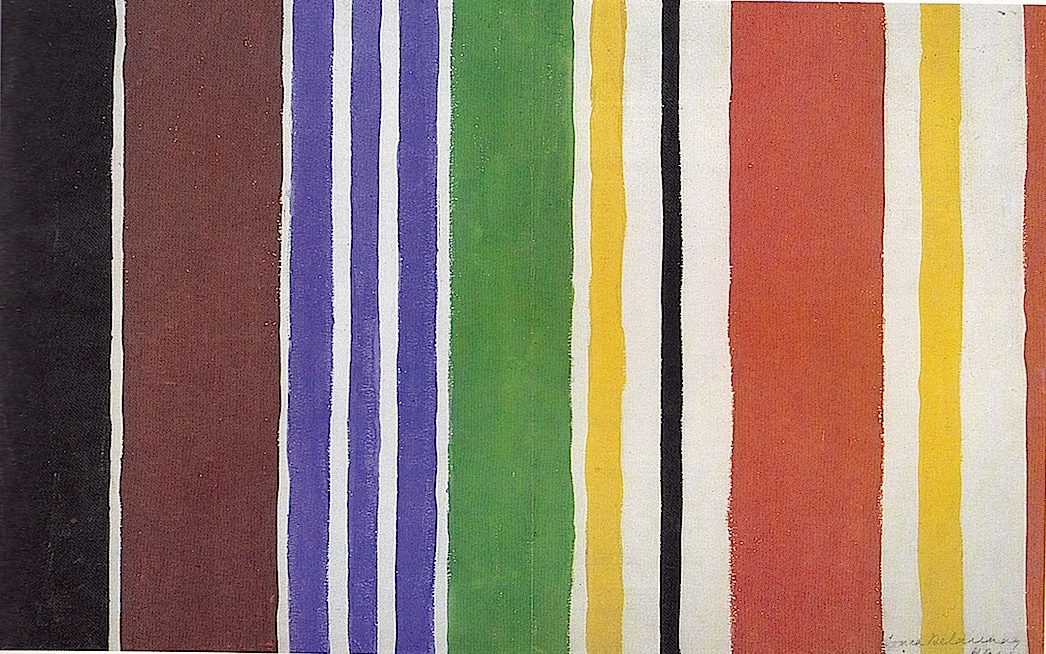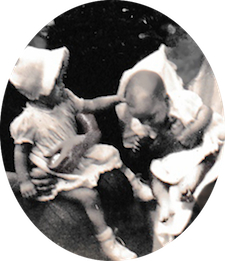Once upon a time, there was a country in which people tried to be kind to one another. There were mean people, too, but, the kind people didn't let them make life unbearable.
The good, kind people decided to write a Constitution which would make it illegal to be unkind. All the good people thought it was a good thing. Even though the people weren't perfect, and made mistakes, they tried to live by it, and the world was made a better place because of it.
But, the mean people didn't stop being mean, although they had to be mean in secret. They got together, many years later, and they chose the meanest person they could find to be their leader.
The meanest-of-the-mean was selfish and cared only about money, no matter how he could get it; taking it away from people who needed it, to get as much as he could for himself.
The meanest-of-the-mean was mean, because he hated people who were different from him. If people were old; if people were poor; if people had darker skin than his; if people lived far away in places he had never been; if people spoke a language he didn't understand (and he didn't understand any, and hardly his own); if they were women; or, worst of all, if they were children of other people. He ran out of differences to be mad at.
So, because his hate grew and grew, as people became unhappy, the whole world became sick. Many millions died because of his hate.
The whole world stopped doing what people normally did. Nobody went to work. Children stopped going to school and playing together. Nobody built anything. Nobody made anything. Nobody invented anything. Everybody stayed at home. They were afraid of the hatred and the sickness.
There were still good, kind people, but they had to be very careful what they did and what they said, especially about the meanest-of-the-mean-in-the-whole-world. They wanted to remind all the other good people who were hiding from the hate and sickness, that there was hope.
And, because good is stronger than evil, several things happened to change the situation.
People went for walks in their neighborhoods and saw other good people and their children (who are always the goodest of the good) playing in their front yards. They spoke to each other and made new friends.
The good people re-discovered the reasons why their lives had been filled with happiness before the mean people took control.
They decided to work together and prove that differences in age, or income, or colour of skin, or place of birth, or language, or education didn't matter. All that mattered was that kind people were all the same---good.
The meanest-of-the-mean became very angry about losing his power, because, all the good people could see that he was the real sickness.
They knew this was true, when it was discovered that all around him, in his own house, people became infected with his sickness. The good people, who secretly worked in his house, had to stay at home so they wouldn't catch the sickness. They waited, at home, to see what would happen to the meanest-of-the-mean.
The meanes-of-the-mean decided to travel through the country, pretending that there was no sickness. Everywhere he went, the people he met became sick. Some of them died.
Then, one day, when the meanest person in the whole world had no place to go, and nobody to go with him, he shriveled up and turned to dust.
When the good people heard this, they came out of their houses and rejoiced, dancing and singing, and shouting for joy.
The kind people examined their wonderful Constitution and decided to make it much better, so that evil, mean people could not be able to take advantage of all the good intentions to make them ineffective.
Evil people think that good people are stupid because they don't suspect other people's intentions.
Because good people are good; they think everyone else is good, too. They are always surprised to find out that is not always true.
So, the good people decided to write a law which created a Department of Truth and Goodness.
The Department of Truth and Goodness was charged with finding Truth and Goodness, and with investigating how we could all know which was which, and how it came to be that way.
Schools were instructed to teach children how to tell Good from Evil, and how to know if someone was telling the Truth, and then, how to prove it. That was the hard part. But, not impossible.
In time, the good people figured out what a person, a long time ago had figured out. That was: LOVE ONE ANOTHER, and DO UNTO OTHERS AS YOU WOULD HAVE THEM DO UNTO YOU.
It turned out not to be so hard, after all.
The sun came out. The birds sang, Dogs wagged their tails, Cats purred. Children laughed. Grown people smiled. And the elders were at peace.
©Margaret Koscielny, May 10, 2019-2/4/21

